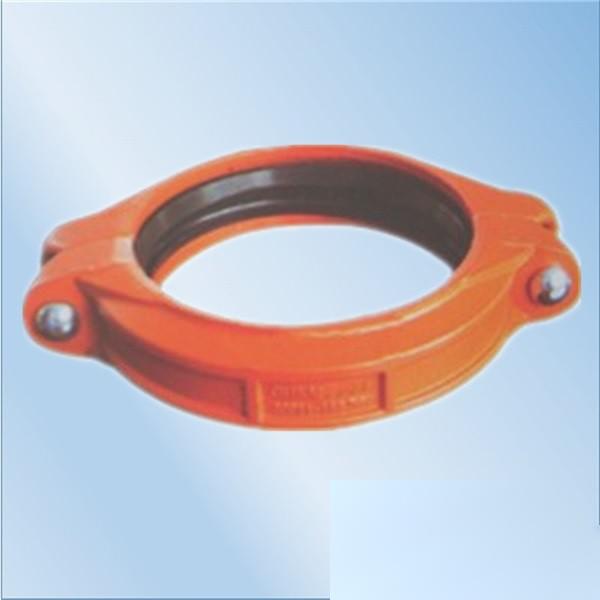Installation method and requirements for mining pipe fittings
1. Requirements for pipe end cutting
The end face of the cut pipe end should be perpendicular to the axis of the pipe, and the error of perpendicularity should not exceed 2mm;
The pipe should be cut with a cutting machine as much as possible, or oxygen -flame cutting can also be used, but excessive concave defects and axial cut seams should be avoided;
The cut pipe end should be trimmed, the burrs must be removed, and the outside of the pipe should be properly chamfered to avoid damaging the rubber ring and compromising the seal.
2. Requirements for pipe end welding
For C-type pipe joints (welding of steel rings)
The welding of steel rings should be continuously fillet welded on one or both sides of the periphery;
To ensure the accurate position of the welding steel ring, a caliper must be used for positioning. The caliper must be attached to the pipe end, and then the screws on the caliper must be tightened, so that the steel ring is attached to the caliper and to the pipe wall. Tack welding should be done first (symmetrical welding a few points on the periphery) and then the caliper should be removed for continuous welding (calipers provided by the company)
A Φ2.5mm diameter welding rod should be used, and the welding angle width should not exceed 2mm;
After welding, check and adjust if the weld bead is too wide to avoid lifting the pipe clamp during installation.
For S-type pipe joints (welding of steel strips)
When welding steel strips, place the steel strip on the pipe end and align it before welding;
After welding the steel strip, make sure there is no leakage in the weld.
For G-type pipe joints (welding of short sections)
Machining the short section with a groove on a lathe, then weld the short section to the pipe end, and confirm no leakage after welding;
The groove can also be machined directly on a lathe, or the groove can be machined by rolling.
3. Installation of rubber rings
Before installation, check the rubber ring marking and whether the pipe end is damaged. Wipe the pipe end to remove dirt and debris;
Avoid damaging the lip of the rubber ring during installation. If damage to the lip of the rubber ring is found, replace the rubber ring.
Adjust the position of the rubber ring so that the distance between the rubber ring and the steel rings on both sides is the same.
4. Installation of pipe clamps
Before installation, check if the specifications and models of the pipe clamps are correct, remove dirt from the grooves, and then apply soapy water to the outer surface of the rubber ring;
When installing the pipe clamps, make sure the steel ring enters the groove to prevent the pipe clamp from being on the steel ring;
Tighten the bolts on both sides synchronously, take care of each other, and observe the state of the rubber ring. If there are signs of biting on one side, loosen the bolt on the other side, then continue to tighten the bolt until the biting point is overcome, and then tighten both sides of the bolt until the joint between the pipe clamps is snug and there are no gaps.
For applications with vibrations, use spring washers to prevent loosening.













